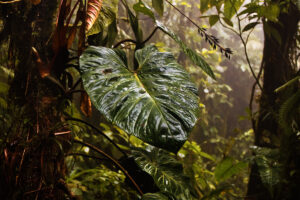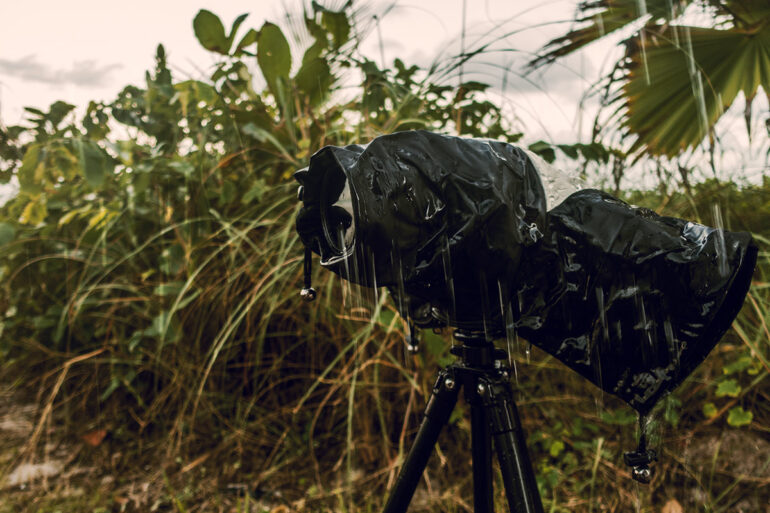We may earn a commission when you purchase through affiliate links. Learn more.
When you’re traveling with camera equipment, it’s always a good idea to check out what the weather typically looks like at that particular time of year. I always like to look at the historical weather from previous years to get an idea about what I might be able to expect, but even if the forecast calls for sun, it’s a good idea to plan for rain, because even in places traditionally associated with hot, dry weather, rainstorms can be sudden and severe and if you’re unprepared, it’s all too easy for your expensive camera equipment to get wet.
While some cameras like the Pentax K1 and Canon 7D II are specifically designed to be weather and dust resistant, many cameras are simply not intended for use in inclement weather and high humidity environments like tropical rainforests and jungles.
 No matter what camera you shoot with, bad weather doesn’t have to mean that the photo opportunities come to an end though. Many camera bags like the Lowepro Mini Trekker AW Backpack come with a built in rain cover. If you’ve got a bag without a rain cover though, you can find many options like the Mountainsmith Rain Cover that you can bring along in your bag just in case.
No matter what camera you shoot with, bad weather doesn’t have to mean that the photo opportunities come to an end though. Many camera bags like the Lowepro Mini Trekker AW Backpack come with a built in rain cover. If you’ve got a bag without a rain cover though, you can find many options like the Mountainsmith Rain Cover that you can bring along in your bag just in case.
To actually keep using your camera in bad weather, a rain cover for your camera like the LensCoat RainCoat RS, Vortex Media Pro Storm Rain Cover, or Altura Photo Professional Rain Cover will allow you to keep shooting even as the rain comes down. Besides protecting cameras and lenses from the rain, rain covers are also a great way to keep salt spray off of your camera when shooting in strong wind along the coast. Because many camera rain covers come in a variety of sizes, you’ll want to pick the one that fits your usual camera and lens combinations.
Additionally, I always bring along several plastic zip bags ranging in size from sandwich to freezer bags as another “just in case” piece of gear. I’ve found they work very well for keeping spare batteries, lenses, and anything else I want to keep dry in if rain looks imminent. I wouldn’t trust them to be 100% waterproof if dropped in the ocean, but they make a great second line of defense against the rain for gear stored in your bag. For more tips on keeping your camera gear safe from rain and moisture, this tutorial has you covered.

